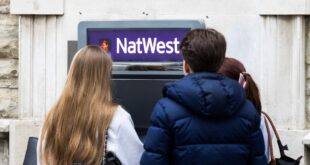It quickly became the must-have membership of the Covid era. When the Pret coffee subscription was launched in September 2020, it cost £20 a month, with the first month free.
Customers loved it. Five drinks a day, ranging from coffee and tea to smoothies, and a sign-up process which saw subscribers sent a QR code by email, which could easily be shared with friends.
It seemed a too-good-to-be-true deal for consumers. As a business model, it was a stroke of genius – it got coffee drinkers out of their homes and back into cafes, even during a nerve-wracking period.
By the time Britain had emerged from the pandemic, Pret and its coffee subscription had been fully embedded as a crucial part of city-living and was readily absorbed into back-to-the-office culture, with some 400 shops across the country poised for fresh custom.
It had become so essential to office life that the so-called “Pret Index”, which tracked footfall in its shops, illustrating the slow return to normality, was launched.
Using January 2020 as a baseline, the latest index shows that suburban London has recovered to above pre-pandemic levels, as have the capital’s airports, and Yorkshire.
The company directly credited the subscription for its first profitable year since 2018, when it announced that sales had grown by 20.2pc for the first half of 2023, compared with the year before.
The subscription was being used 1.25 million times a week, the company said.
The coffee company would appear to have grand plans to expand its “Club Pret” offer, as the subscription was rebranded in April 2023, to the other countries in which it operates, and has already launched schemes in France and the US.
But the Pret subscription golden age couldn’t last forever. Two price rises, which saw the monthly cost hit £30, meant that the maths became less convincing for even the most ardent of coffee fans.
Source link



